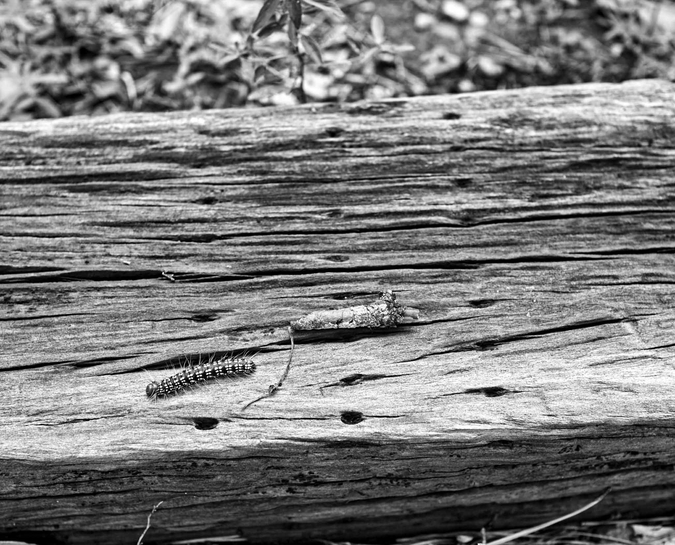... I predominantly shoot 120, and will continue to use film for my black and white work but would like a replacement for color. I use a Mamiya 7, Pentax 6x7 and Rolleiflex for 90% of my fine art work. 6x7 or 4x5 are my preferred ratios. Currently my only digital camera is a Fuji X-E1 which I use as it was cheap and I can easily mount my older slr glass. I have had a Sony A7 II which I strongly disliked and and canon 5d mk II which I liked for the most part aside from the 35mm character.
I am not opposed to medium format digital but I am not willing to spend more the 3000-3500 so the new models are out of the questions. Older Hasselblad digitals and the Sigma SD aspH camera are what I am most drawn to, both for their results and their workflow but I'm finding it hard to find anyone with experience coming from film speaking to their digital equipment choices.
Not an easy post to respond to, this. Others have already covered a lot of territory with some interesting observations (and a few excellent images), so you may have an overload of information.
I shoot Nikon FF DSLRs, which may be a little away from your areas of interest. In the past year I've moved away from color and am now shooting more B&W.
I have a D800 for color and two D700s set on monochrome and used with Nikkor B&W filters. They produce excellent images for me with a little fine-tuning (and some effort) - some here may say the filters achieve little or even nothing in the images, but I find they give quite a lot of variation in the mid-tones. So far I've used only yellows and the orange, not yet red nor green. I almost never use a polariser as I rarely shoot landscapes.
My Nikon lenses are D series. Other than an ancient 28-85 zoom I've kept as it's surprisingly sharp but far too decrepit to be sold, my lenses are primes.
For me, MF digital is overkill. I'm a retired architect and I still shoot stock of buildings, but the money is peanuts compared to even 10 years ago. At this time in my life, keeping and using my old gear is the sensible option, even if (as we all know) common sense is, well, "optional" as a life guide.
Last year I considered trading my Nikons for a Df or a Z6. My retail seller in Melbourne (now closed, thanks to Covid) had demos and kindly let me do a few days of test-shooting.
(I also tried a new Sony FF, but found it too flimsy, and I admit to a bias to Sony after a bad experience with their shoddy warranties.)
I didn't take to the Nikon Z6 - the ergonomics didn't suit me, the new Z lenses are too expensive, I disliked the lens adapter.
The Df was closest to my ideal, but I balked at the A$3000+ price for a new kit and opted to pass. I now regret this, no new Dfs are available in Melbourne and secondhand ones seem as rare as diamonds on St Kilda Beach (I won't buy on Ebay).
For now, I'm satisfied with the B&W images from my D800 and D700s, though after comparing with film taken with my Nikkormats and Contax, I realize I have more road to travel before I get final results I'm entirely happy with. The difference (for me) is in the mid-tones. Film is better, but sadly it's now almost a paleontologist's dream.






